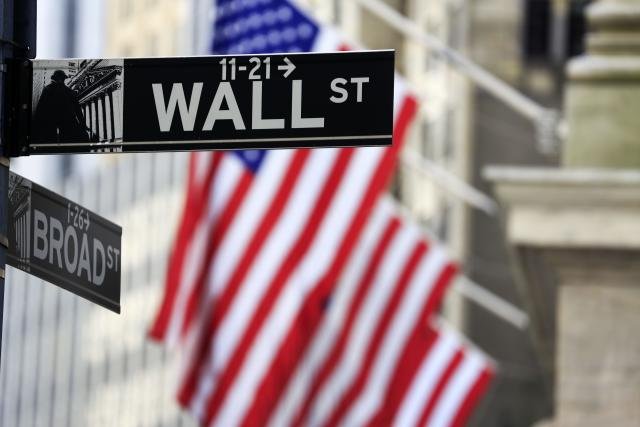By Ashok Bhatia, CFA,Chief Investment Officer—Fixed Income
Why we think 2025 presents a favorable backdrop for fixed income investors, despite the potential for rising volatility.
It has been five years since the first stirrings of the 2020 pandemic, and every one of those five years has confounded market forecasters.
Outlooks for 2020 were almost instantly demolished by the pandemic itself. Inflation proved much worse than most people anticipated in 2021, and many underestimated how aggressively the U.S. Federal Reserve would tackle it in 2022. In 2023 and 2024, many predicted that higher rates would trigger a recession that never came, while underestimating the persistence of U.S. inflation.
Given the many uncertainties of the year ahead, not least of those associated with the incoming U.S. administration, it is notable that we have made two fairly bold calls for fixed income investors in our own Solving for 2025 outlook.
The first is that the new U.S. government delivers above-trend growth while containing inflation. The second is that the bond market consequently shifts focus from inflation and monetary policy to growth and fiscal policy.
Fiscal and Growth Dynamics Become More Complex
We have high conviction on what these calls mean for the front end of the yield curve. With barely two Fed rate cuts now priced in for 2025, even a year-long pause by the central bank would be unlikely to spook markets that much. We think the U.S. two-year yield is capped at around 4.5%.
By contrast, our outlook also suggests that the volatility we have seen in short rates over the past two years will now migrate further out on the curve, as fiscal and growth dynamics become more complex.
We see fair value for the U.S. 10-year yield at around 4.5%, reflecting our view that headline inflation will settle to a new long-term average of 2.25 – 2.50%, with real GDP growing by 2.50 – 2.75%.
Last year’s rise in the 10-year yield came as investors internalized this expectation for structurally higher inflation.
What happens if the Fed is less relaxed than the market about structurally higher inflation? Might it hike rates to get it firmly back to target, perhaps emboldened by above-trend growth? That is not our central scenario, but even if it happens, at this point we think investors would interpret it as a threat to growth rather than a sign of rising inflationary pressures. That would be a positive dynamic for long-dated bonds.

Investors will need to grapple with these potentially conflicting signals from the unusually uncertain growth and fiscal outlooks. As a result, while we think the 10-year is likely to end 2025 pretty much where it is now, it could be a very bumpy ride around that 4.5% baseline.
Volatility to Provide Favorable Entry Points
In credit markets, investors face the dilemma of attractive yields paired with near-historically tight spreads.
Spreads are tight partly due to the demand for the yield on offer, but it is also true that corporate balance sheet fundamentals remain strong, especially among investment grade names that borrowed freely when rates were near zero.
Even so, in some parts of the high yield bond market, we have begun to see spreads tighten even when revenue growth is deteriorating; the fundamentals are not especially poor themselves, but the combination with tighter spreads makes for poorer value, in our view.
In this environment, we think investors should stay close to neutral in their credit allocations (reflecting the ongoing technical demand for yield), while favoring higher-quality issuers and generally remaining underweight the market in spread duration (reflecting the tightness of spreads). Some less-liquid credit market, where spreads are not so tight, could also be an option.
In general, we see an attractive backdrop for fixed income investors in 2025. Markets have already adjusted to structurally higher inflation; we expect the current technical demand for yield to persist in the year ahead; and we do not anticipate a widespread or meaningful deterioration in credit fundamentals. While volatility in long-dated yields could be elevated, we think it is likely to be short-lived, providing favorable entry points in both rates and credit, especially among higher-quality names.
Ashok Bhatia, CFA, Managing Director, joined the firm in 2017. Ashok is Chief Investment Officer and Global Head of Fixed Income, and a member of Neuberger Berman’s Partnership and Asset Allocation Committees and Fixed Income’s Investment Strategy Committee.
The Services and the Content are provided to you solely for your general informational purposes, and should not be considered as legal, tax, accounting, financial or investment advice.You are solely responsible for determining whether any investment is suitable for you, considering your investment objectives, risk tolerance and personal financial situation. It is also your responsibility to evaluate the merits and risks of using the information provided on this site before making any decisions.

